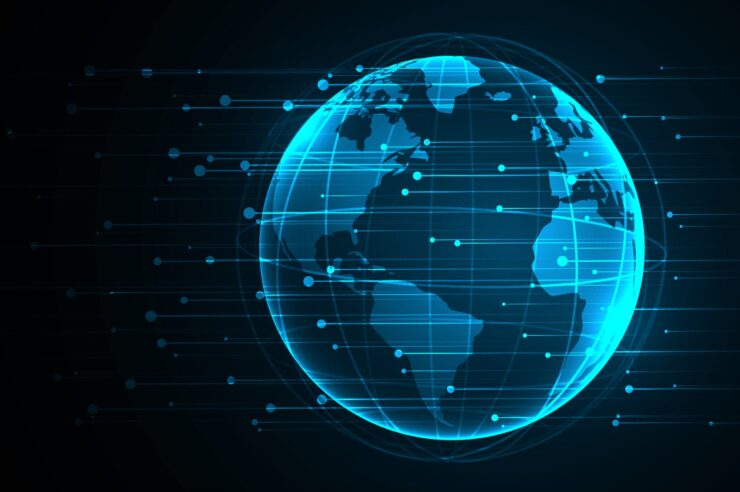The internet has come a long way since its inception, evolving from a simple information-sharing platform to a complex ecosystem that touches nearly every aspect of our lives. In recent years, a new concept called Web3 has been gaining momentum, promising to reshape the internet as we know it. This article delves into the world of Web3, exploring its key features, potential applications, and the transformative impact it could have on the future of the online world.
Understanding Web3
Web3 is not a specific technology or platform; rather, it represents a vision for a decentralized and user-centric internet. At its core, Web3 seeks to address some of the fundamental issues with the current web, such as data ownership, privacy, and control.
Key Features of Web3:
- Blockchain Technology: Web3 relies on blockchain and distributed ledger technology to create a trustless environment. These technologies enable decentralized applications (DApps) that operate without a central authority.
- Digital Identity: Web3 aims to give individuals more control over their digital identities. Users can have ownership of their personal data and choose how and when it’s shared.
- Data Ownership: Unlike the current web, where tech giants often control and monetize user data, Web3 seeks to empower individuals to own and profit from their own data.
- Interoperability: Web3 fosters interoperability between different applications and platforms, making it easier for users to switch services without losing their data or connections.
Potential Applications of Web3:
- Decentralized Finance (DeFi): DeFi is one of the most prominent use cases for Web3. It offers financial services like lending, borrowing, and trading without the need for traditional banks.
- Digital Collectibles and NFTs: Non-fungible tokens (NFTs) are a part of Web3, allowing users to own unique digital assets, from art to in-game items.
- Self-sovereign Identity: Web3 can revolutionize how individuals manage their digital identities, allowing them to control who accesses their personal information.
- Decentralized Social Networks: Web3 can enable social networks where users have more control over their data and can directly profit from their content.
The Transformative Impact of Web3
The concept of Web3 is still in its early stages, but it has the potential to bring about significant changes in how we use and interact with the internet. It promises to return control and ownership of personal data to individuals, provide more transparent and equitable systems, and foster innovation through decentralized applications.
However, it’s not without challenges, including scalability issues, regulatory considerations, and the need for user education and adoption. As the concept evolves and technology matures, Web3 may play a pivotal role in shaping the future of the internet.
Conclusion: The Web3 Vision
Web3 represents a vision of a more decentralized, user-centric, and equitable internet. It aims to address the shortcomings of the current web by giving individuals more control over their data and online interactions. While it’s still a work in progress, Web3 has the potential to revolutionize how we use and think about the internet, ultimately leading to a more open and equitable digital landscape.



